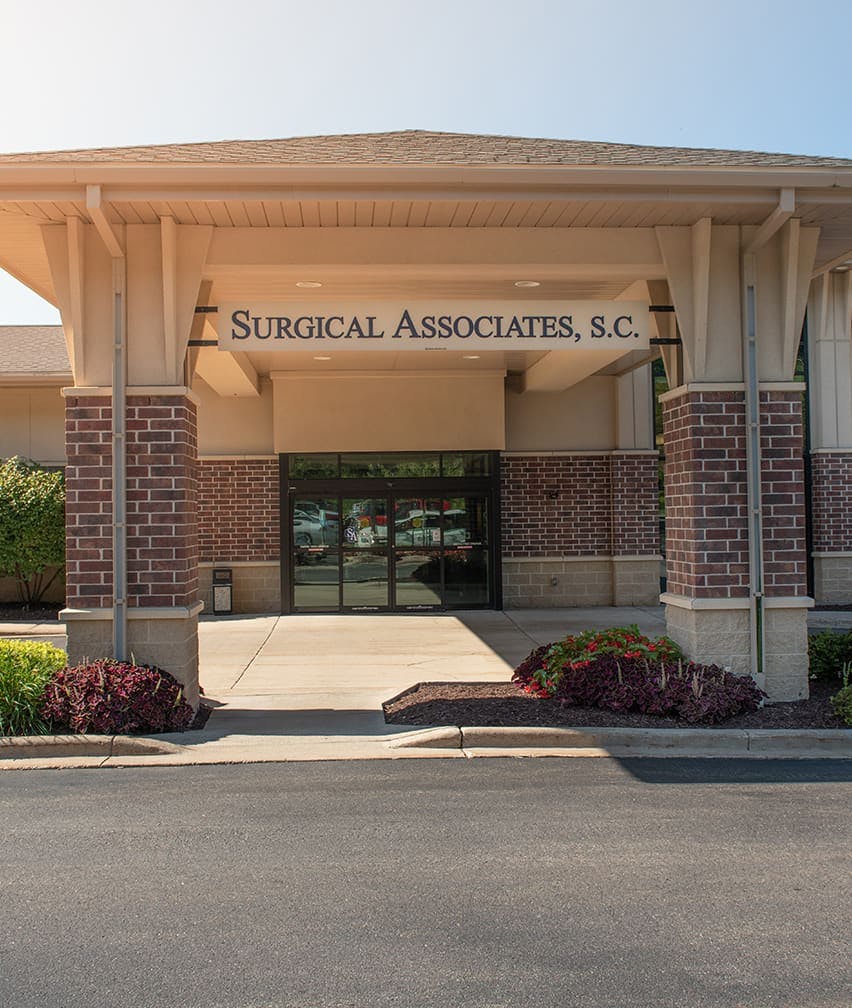What are the symptoms of arterial atherosclerosis? (hardened or thickened arteries)
Arterial atherosclerosis, commonly known as the thickening or hardening of the arteries, is a condition where plaque builds up inside the arteries, leading to reduced blood flow. This condition can manifest various symptoms depending on the affected arteries. Key symptoms include:
Leg Pain or Claudication (Pain in the Legs While Walking)
Atherosclerosis in the leg arteries can cause pain, cramping, or fatigue in the legs, especially during walking.
Shortness of Breath
If heart arteries are involved, reduced blood flow can lead to shortness of breath or other symptoms of heart disease.
Weakness or Numbness
Reduced blood flow to the brain can result in transient ischemic attacks (TIAs), causing temporary weakness, numbness, or paralysis, usually on one side of the body.
Difficulty Speaking or Slurred Speech
Atherosclerosis that affects cerebral arteries may lead to difficulty in speaking or understanding speech.
Sudden and Severe Headache
When blood flow to the brain is compromised, it can result in a sudden, severe headache.
High Blood Pressure
Atherosclerosis can cause elevated blood pressure due to narrowed arteries.
It’s important to note that atherosclerosis can be asymptomatic in its early stages. Regular check-ups and vascular screenings are crucial for early detection, especially if you have risk factors such as high cholesterol, hypertension, smoking, diabetes, or a family history of cardiovascular disease.











